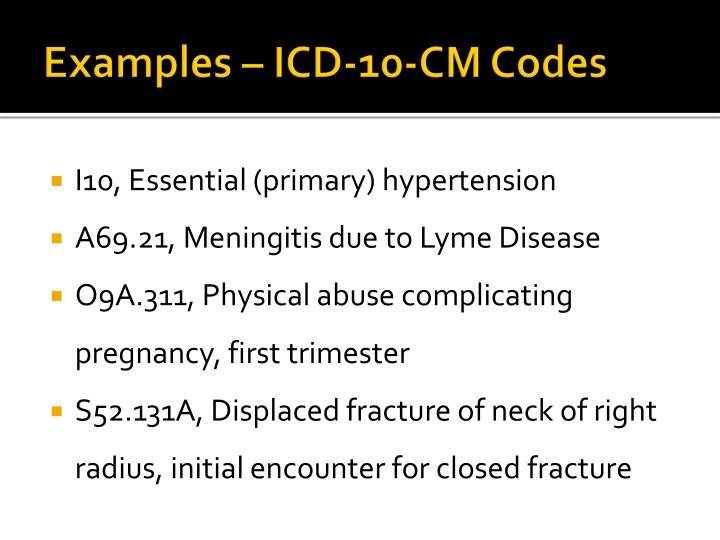

It is awesome that we finally have a unique code for Type 2 MI, I21.A1. In general, once heart tissue dies, it does not regenerate and the patient develops scar tissue. When cells die and break down, they release their contents, including troponin, a heart-muscle protein. Ischemia means insufficient blood perfusion, and prolonged ischemia leads to infarction, i.e., cell death.There is always an underlying condition or disease process that causes the Type 2 MI. Type 2 MI is also cell death, but in a non-anatomic distribution due to generalized hypoperfusion, on the basis of “supply-demand mismatch.” This means there is either an increase in demand (e.g., tachycardia) or a decrease in supply (e.g., hypotension).This is usually due to atherosclerotic plaque and rupture or thrombosis, causing mechanical coronary artery obstruction. Type 1 MI is myocardial necrosis, or cell death, caused by an anatomic blockage of blood flow for a prolonged period of time.

The implication that a Type 2 MI is different than a Type 1 MI and the new guidelines reflect this.

The reasons we should be documenting and coding conditions is for communicating with other clinicians, recognizing clinical significance and prognostication, and receiving appropriate compensation for utilization of resources. I had to take a moment to comment on the Type 2 myocardial infarction (MI) guidelines. I am in the middle of a heads-down project, but I popped my head up long enough to read the new ICD-10-CM guidelines for 2018 (thanks for the notification, Gloryanne Bryant!).


 0 kommentar(er)
0 kommentar(er)
